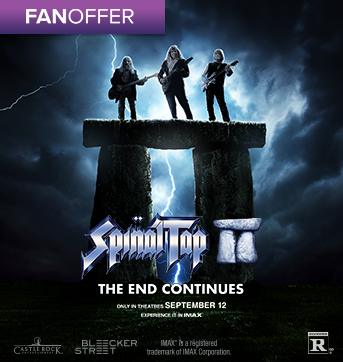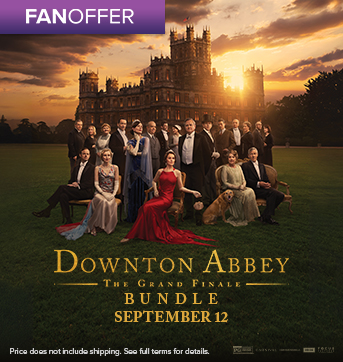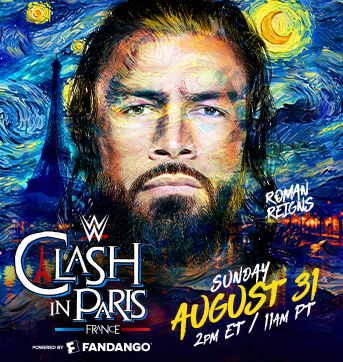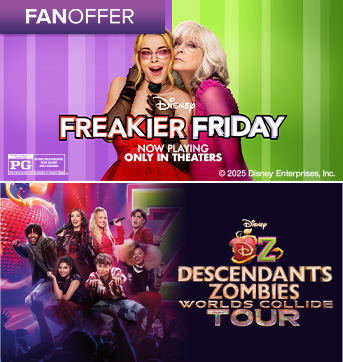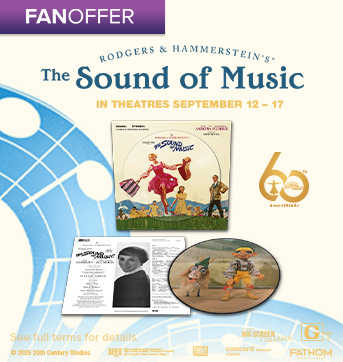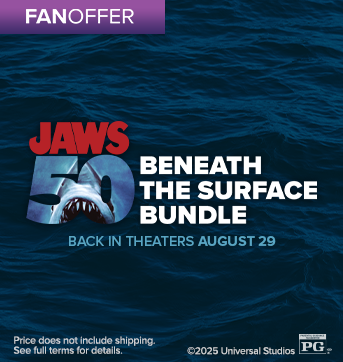
I’ll be the first to admit – I’m a product of my era. I love all movies, but I’ve got a soft spot for anything produced in the ‘80s (in case you hadn’t guessed), and the bulk of my movie buff expertise would have to be confined to films produced after Easy Rider.
That’s not to say I haven’t watched lots of classics. I’ve seen and dearly love all of Alfred Hitchcock’s canon, count Capra’s It’s A Wonderful Life and Welles’ Citizen Kane as two of my top 100 films and have sat through everything from Battleship Potemkin to Some Like it Hot in various film school classes.
It’s just, I’m still more likely to be watching The Goonies for the 400th time than Gone with the Wind for the 40th. So, tonight’s 70mm screening of Lawrence of Arabia is a treat – a deviation from the norm…but not entirely.
David Lean, who also directed one of my other favorite classics, The Bridge on the River Kwai, is bar none the master “epic” storyteller, whose sense of scope and visual awesomeness became a primary influence on our generation’s most beloved popcorn filmmakers – Steven Spielberg and George Lucas; and one of our most renowned, Stanley Kubrick (a peer of Lean, but also a disciple). Star Wars, Raiders, 2001 and everything that’s followed owes a debt to Lean’s style of filmmaking – specifically, whichever sequence made you go “ooh, ahh” because you were experiencing something visually that you’d never see in real life because life never reaches that level of “huge.”
Lawrence - the story of the ornery British soldier who galvanizes the Arab rebellion against the Turks during World War I – has too many moments of coolness to count (I’ll go with the attack on Aqaba, but so does everyone). It won 7 deserved Oscars including 1962’s Best Picture, and put Peter O’Toole - and his mug in a turban - on the movie map. After watching the magic of last night’s sold-out Indiana Jones trilogy, and preceding tomorrow morning's screening of Prince of Persia, it’s only fitting to revisit the original king of the desert action.




